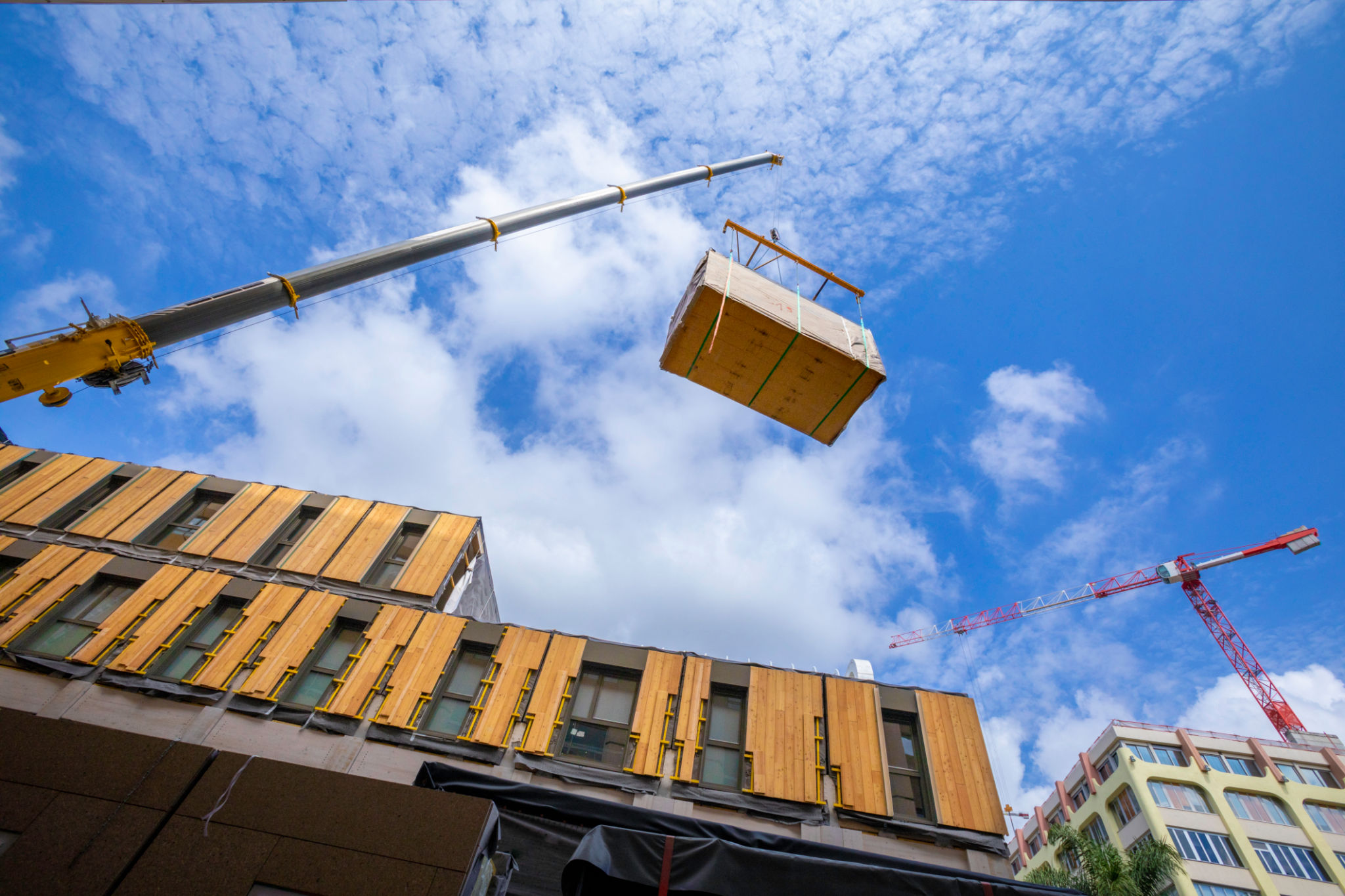Myth-Busting: Common Misconceptions About Eco-Friendly Building Materials
Introduction to Eco-Friendly Building Materials
With growing awareness about environmental sustainability, eco-friendly building materials have gained significant attention in the construction industry. However, along with their popularity, several misconceptions have emerged. In this post, we aim to debunk some of the most common myths surrounding these materials.

Myth 1: Eco-Friendly Materials Are Too Expensive
A prevalent misconception is that eco-friendly materials are always more expensive than traditional ones. While initial costs may sometimes be higher, it's important to consider the long-term savings. Many sustainable materials offer superior durability and energy efficiency, reducing maintenance and utility costs over time.
Furthermore, as demand for these materials increases, prices are becoming more competitive. Government incentives and tax benefits for using sustainable resources can also offset initial expenses, making them a cost-effective choice in the long run.
Myth 2: Sustainable Materials Lack Durability
Another common myth is that eco-friendly materials do not last as long as conventional ones. On the contrary, many sustainable materials are designed for longevity. For instance, bamboo, a popular eco-friendly option, boasts impressive strength and resilience.

Additionally, recycled steel and reclaimed wood are known for their durability and robustness. These materials not only withstand the test of time but also reduce the need for frequent replacements, contributing to a more sustainable building lifecycle.
Myth 3: Limited Design Options
Some believe that choosing eco-friendly materials limits design possibilities. This is far from the truth. The market today offers a wide variety of sustainable options in terms of colors, textures, and styles. Whether you prefer a modern minimalist look or a rustic charm, there's likely an eco-friendly material to suit your design goals.
Moreover, architects and designers are continuously innovating, creating beautiful and functional spaces using sustainable resources, thereby dispelling the myth of limited design potential.

Myth 4: Eco-Friendly Materials Are Not Effective Insulators
Insulation is crucial for energy efficiency in buildings, and some assume that sustainable materials can't provide adequate insulation. In reality, many eco-friendly options offer excellent insulation properties. Materials like straw bales, sheep wool, and cellulose are exceptional at maintaining indoor temperatures.
These materials not only enhance energy efficiency but also contribute to a comfortable indoor environment by regulating temperature fluctuations throughout the year.
Conclusion
Eco-friendly building materials are paving the way for a more sustainable future in construction. By debunking these myths, we hope to encourage more people to consider these options in their building projects. As technology advances and awareness grows, the benefits of sustainable materials will continue to outweigh any misconceptions.
